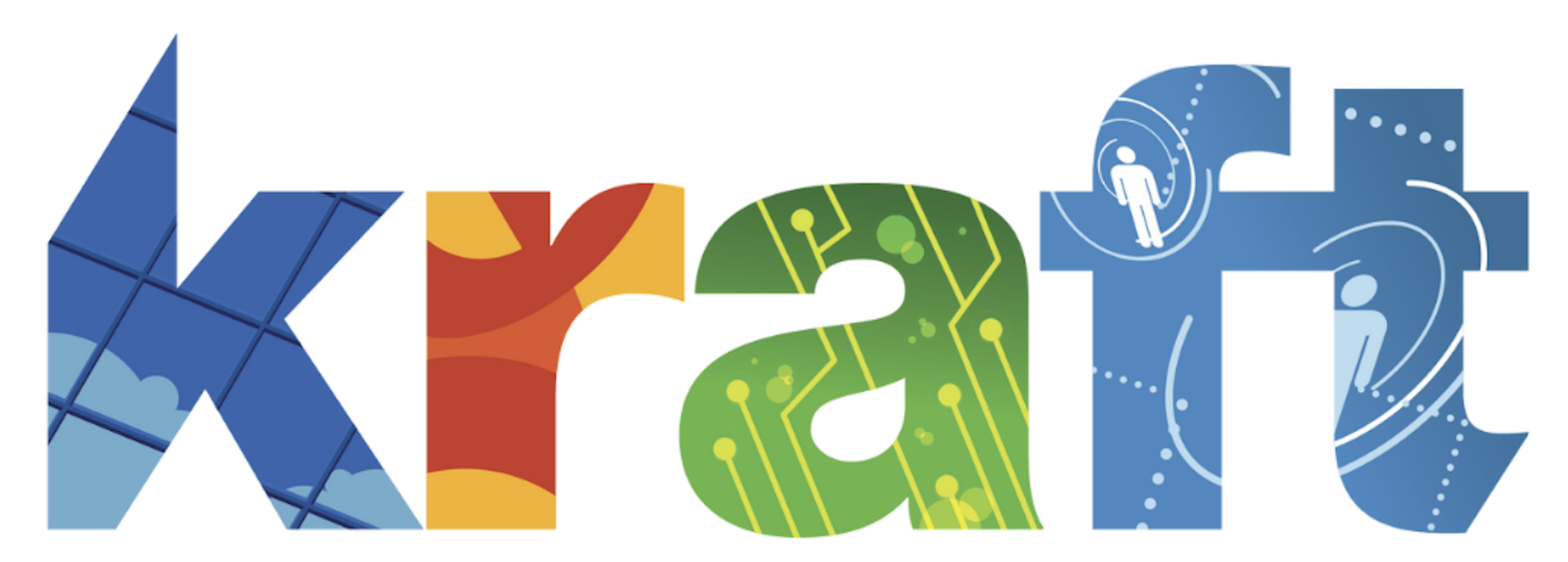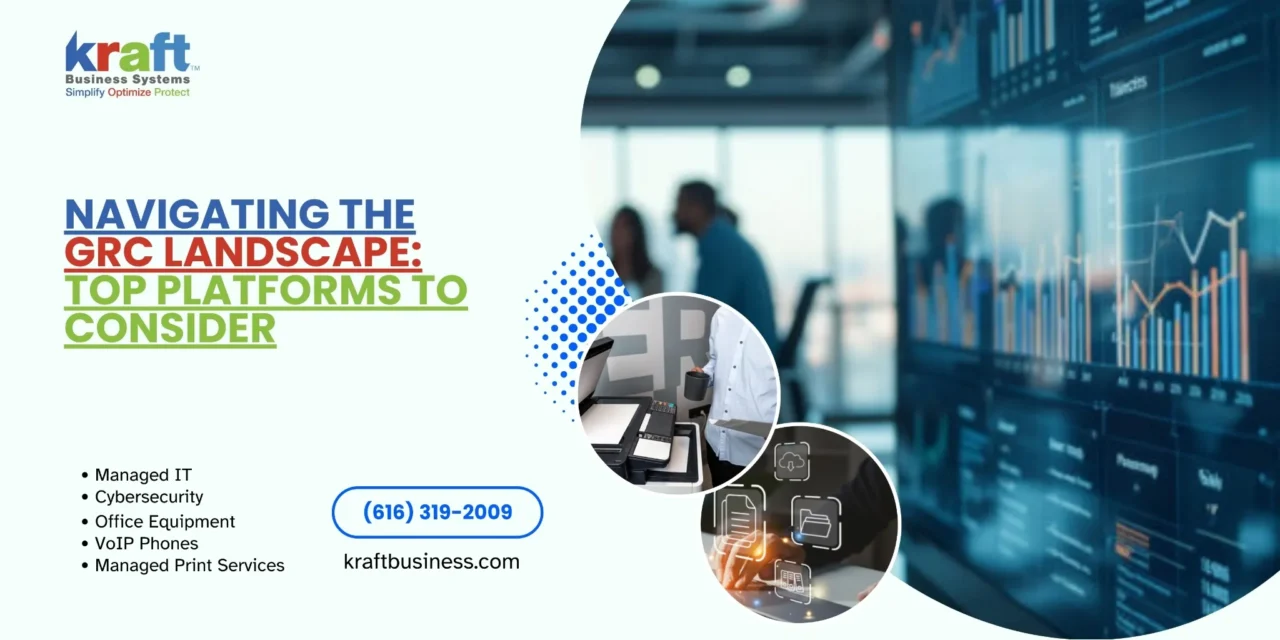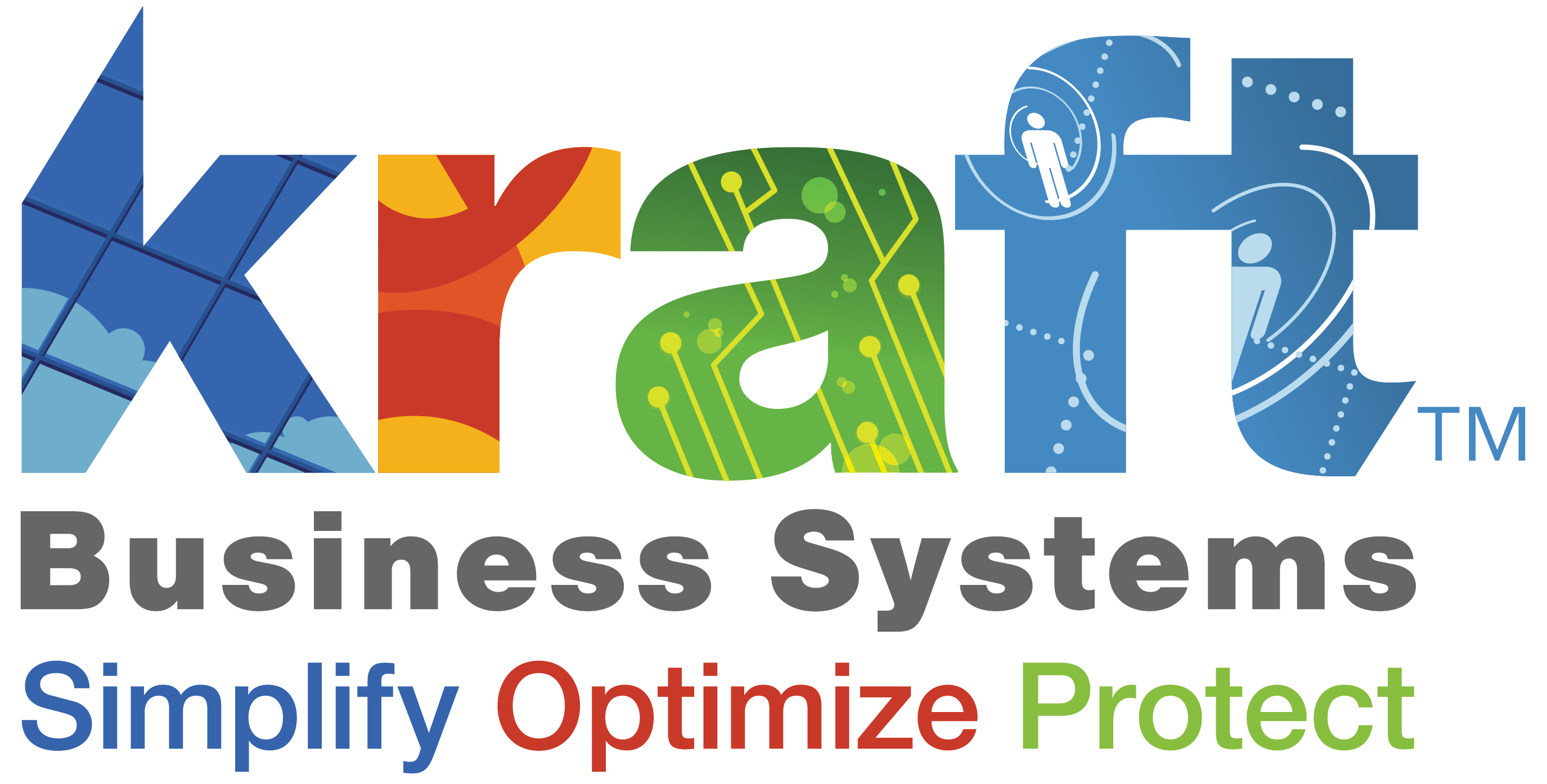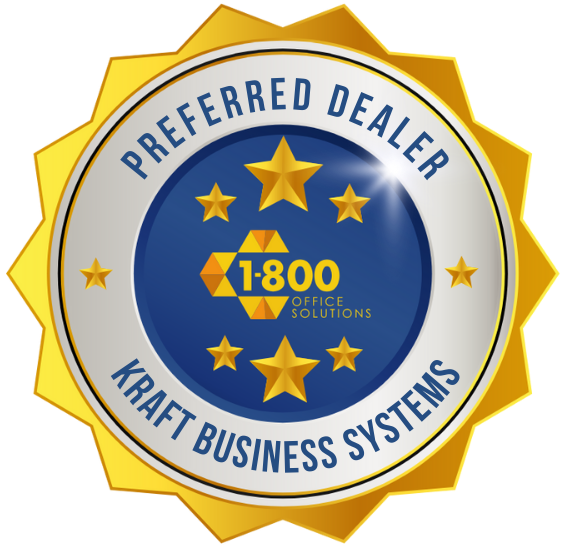Governance risk and compliance platforms play a crucial role in helping businesses manage their operations effectively. These platforms integrate governance, risk management, and compliance into a single framework, aligning IT with business goals while ensuring all industry and government regulations are met.
Here’s what you need to know about GRC:
- Definition: GRC stands for Governance, Risk (management), and Compliance. It represents a coordinated approach to align strategies, manage risk, and comply with regulations.
- Importance: By combining these elements, GRC tools help companies avoid inefficiencies, improve decision-making, and ensure policies are consistently applied.
- Benefits:
- Data-driven decision-making: GRC platforms enable businesses to make informed decisions using real-time data.
- Responsible operations: Encourage an organizational culture rooted in ethical values and responsible management.
- Improved cybersecurity: Protect sensitive data and comply with privacy regulations like GDPR, building customer trust.
These platforms are vital as businesses face complex risks and regulatory demands. Embracing GRC means creating a cohesive and transparent environment where risks are managed proactively, ensuring long-term success.
Understanding Governance Risk and Compliance Platforms
Governance risk and compliance platforms are essential tools for modern businesses. They offer a unified approach to manage governance, risk, and compliance, ensuring that companies align their operations with both business objectives and regulatory requirements.
What Are GRC Platforms?
At their core, GRC platforms are software solutions that help organizations streamline their governance, risk management, and compliance activities. By integrating these functions, businesses can reduce inefficiencies, improve communication, and ensure that policies and regulations are consistently adhered to.
Key Components of GRC Platforms:
- Risk Management: GRC platforms provide tools to identify, assess, and mitigate risks. For example, they may include features like risk assessment modules and real-time risk intelligence to help businesses foresee potential problems and take proactive measures.
- Compliance Tools: These platforms ensure that business operations comply with industry standards and regulations. Compliance tools automate processes such as policy management and regulatory reporting, reducing the risk of non-compliance.
- Data Integration: A significant advantage of GRC platforms is their ability to consolidate data from various sources. This integration allows for a comprehensive view of risk and compliance activities, facilitating more informed decision-making.
Why Use GRC Platforms?
- Improved Decision-Making: By providing real-time insights into risk and compliance postures, GRC platforms help businesses make better, data-driven decisions.
- Operational Efficiency: Automating governance and compliance processes reduces manual effort and frees up resources for strategic initiatives.
- Improved Risk Visibility: With a centralized view of risks, companies can prioritize their responses and allocate resources more effectively.
Real-World Impact
MetricStream, a leader in the GRC space, has demonstrated the effectiveness of these platforms. Recognized by industry analysts like Forrester, MetricStream’s tools have helped companies synchronize operations across departments, presenting a unified defense against multifaceted risks.
In summary, governance risk and compliance platforms are invaluable for any organization looking to steer the complexities of today’s regulatory and risk landscapes. They provide the structure and tools needed to ensure that governance, risk management, and compliance are not just box-ticking exercises but integral parts of a successful business strategy.
Top Governance Risk and Compliance Platforms
When it comes to governance risk and compliance platforms, the right choice can make all the difference. These platforms offer real-time risk intelligence, integrated solutions, and data consolidation, which are crucial for businesses aiming to stay ahead in a complex regulatory environment.
Real-Time Risk Intelligence
One of the standout features of leading GRC platforms is their ability to provide real-time risk intelligence. This means businesses can foresee potential issues before they escalate. For instance, platforms like MetricStream offer advanced capabilities in IT and cyber risk management, allowing companies to respond to threats swiftly. This proactive approach helps organizations minimize potential damage and maintain operational resilience.
Integrated Solutions
GRC platforms shine in their ability to offer integrated solutions. By bringing together various functions like risk management, compliance, audit, and cybersecurity, these platforms ensure that all parts of an organization are aligned. This integration not only streamlines processes but also improves communication across departments. For example, NAVEX One provides a comprehensive view of risk and compliance by centralizing data and processes, changing scattered information into a powerful decision-making resource.
Data Consolidation
Another critical aspect of effective GRC platforms is data consolidation. Consolidating data from various sources provides a holistic view of an organization’s risk and compliance posture. This comprehensive perspective is vital for informed decision-making. By unifying data, platforms like IBM OpenPages enable businesses to centralize their risk management efforts, ensuring that all stakeholders have access to the same information and insights.
Incorporating these features, GRC platforms empower businesses to steer the changing landscape of governance, risk, and compliance. With tools that offer real-time insights, integrated solutions, and comprehensive data consolidation, organizations can make informed decisions, improve operational efficiency, and improve their overall governance strategy.
Leading into the next section, we’ll explore the key features that make GRC platforms effective in today’s business environment.
Key Features of Effective GRC Platforms
To thrive in a world filled with regulations and risks, businesses need governance risk and compliance platforms that are not just robust but also adaptable. Here are some of the essential features that make these platforms effective:
Risk Assessment
Risk assessment is the cornerstone of an effective GRC platform. It involves identifying, analyzing, and prioritizing risks that could impact an organization. Real-time risk intelligence is crucial here, as it allows businesses to spot potential threats before they become real problems. Platforms like ZenGRC provide tools for assessing third-party risks, ensuring that vendors and partners don’t become weak links in your security chain.
Compliance Automation
Manual compliance tasks can be a drain on resources and are prone to errors. That’s where compliance automation comes in. It simplifies and speeds up the process of meeting regulatory requirements. For example, NAVEX One automates compliance tasks, reducing the risk of human error and ensuring that organizations stay on top of ever-changing regulations. This automation not only saves time but also minimizes the chance of costly compliance violations.
Data Integration
Data integration is about bringing all your risk and compliance data into one cohesive system. This is essential for gaining a unified view of your organization’s risk posture. Integrated solutions ensure that data from different departments—like IT, finance, and HR—is consolidated, providing a single source of truth. This integration improves decision-making and ensures that everyone is on the same page. Platforms like MetricStream excel in this area, offering seamless data sharing across various systems.
These key features—risk assessment, compliance automation, and data integration—are what make GRC platforms indispensable tools for modern businesses. They empower organizations to make data-driven decisions, improve cybersecurity, and improve operational efficiency.
Next, let’s dive into the benefits of implementing GRC platforms and how they can transform your business operations.
Benefits of Implementing GRC Platforms
Implementing governance risk and compliance platforms can transform your business in several impactful ways. Let’s explore how these platforms drive data-driven decisions, bolster cybersecurity, and boost operational efficiency.
Data-Driven Decisions
GRC platforms are like having a crystal ball for your business. They consolidate data from various sources, giving you a comprehensive view of risks and compliance status. This helps you make informed decisions based on real-time insights. According to the research, platforms like MetricStream improve decision-making by providing real-time insights into risk and compliance posture. This means you can prioritize risks and align your strategies with your business objectives.
Improved Cybersecurity
Cybersecurity is a top concern for businesses today. GRC platforms play a crucial role in safeguarding your digital assets. They offer tools for continuous monitoring, threat detection, and incident response. By integrating with other systems, they ensure your security measures are up-to-date and effective. For instance, AWS Cloud Operations helps automate compliance management, reducing human error and enhancing security. This proactive approach minimizes vulnerabilities and protects against cyber threats.
Operational Efficiency
Efficiency is key to staying competitive. GRC platforms streamline operations by automating routine tasks and workflows. This reduces duplication of efforts and frees up your team to focus on more strategic initiatives. As highlighted in the research, GRC platforms like NAVEX One automate compliance tasks, saving time and minimizing the risk of errors. This automation not only improves productivity but also ensures that your organization remains compliant with evolving regulations.
In summary, implementing governance risk and compliance platforms enables your organization to make smarter decisions, strengthen cybersecurity, and operate more efficiently. These benefits are crucial for navigating the complex landscape of modern business operations.
Next, we’ll address some frequently asked questions about GRC platforms to help you better understand their role in business operations.
Frequently Asked Questions about Governance Risk and Compliance Platforms
What is the role of GRC in business operations?
Governance Risk and Compliance (GRC) platforms play a vital role in business operations by aligning an organization’s objectives with its risk management and compliance efforts. They ensure that a company operates ethically and meets all regulatory requirements. Governance defines the framework and policies for achieving business goals, while risk management identifies and mitigates potential threats. Compliance ensures adherence to laws and regulations. Together, these elements help businesses reduce wastage, increase efficiency, and share information effectively.
How do GRC platforms improve decision-making?
GRC platforms improve decision-making through data analysis and risk prioritization. By consolidating data from various sources, these platforms provide a comprehensive view of an organization’s risk and compliance status. This real-time insight allows businesses to make informed decisions quickly. For example, platforms like MetricStream offer real-time insights that help prioritize risks and align strategies with business objectives. This data-driven approach ensures that decisions are based on accurate, current information, reducing uncertainty and improving outcomes.
What are the challenges in implementing GRC platforms?
Implementing GRC platforms can be challenging due to change management and data management issues. Change management involves adapting to new processes and technologies, which can be difficult for employees accustomed to traditional methods. Ensuring seamless communication and transparent information sharing is crucial for overcoming resistance and promoting acceptance. Data management is another challenge, as GRC platforms require accurate and up-to-date data for effective risk analysis and compliance monitoring. Organizations must ensure that data is consistently collected, integrated, and maintained to fully leverage the benefits of GRC platforms.
Conclusion
At Kraft Business, we understand the transformative power of governance risk and compliance platforms. These platforms are not just about checking boxes for compliance—they’re about driving business growth and innovation.
A well-implemented GRC strategy aligns with our core mission: providing secure, innovative technology solutions custom to your unique business challenges. By integrating GRC platforms, we empower businesses to make data-driven decisions that improve operational efficiency and improve cybersecurity. This means fewer risks, more opportunities, and a competitive edge in the market.
Our team at Kraft Business is committed to guiding you through the complexities of GRC. We offer expert insights and customized solutions that align with your strategic goals. With locations across Michigan, including our headquarters in Grand Rapids, we’re here to support your journey toward a more resilient and compliant business framework.
Ready to harness the power of GRC for your business? Explore our managed cybersecurity services and find how we can help you achieve sustainable growth.
